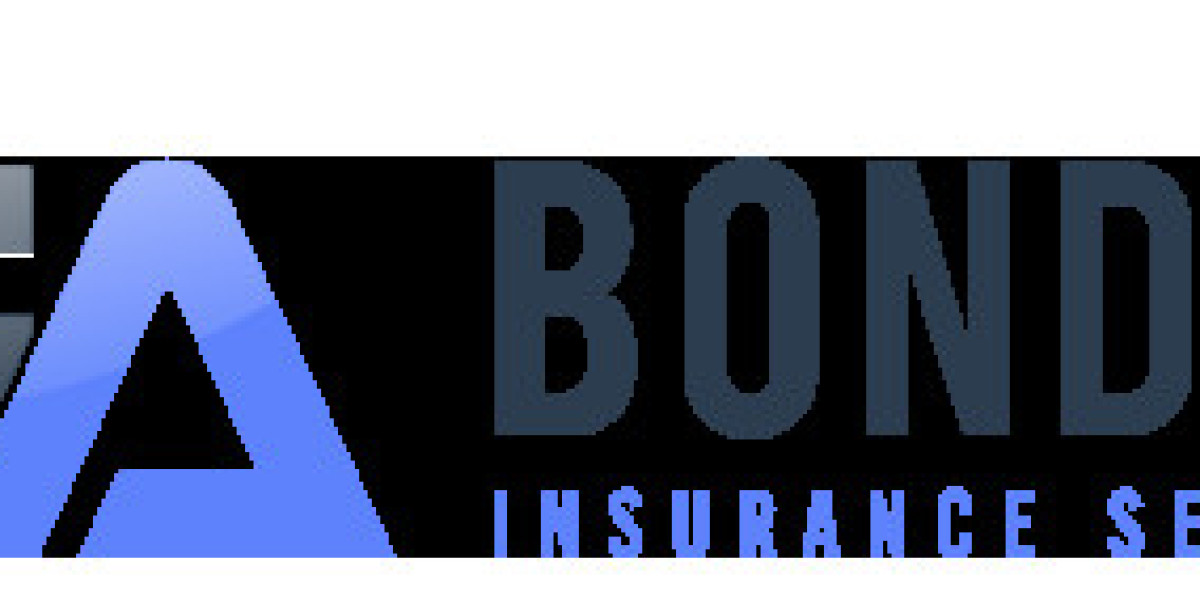What is the Declaration Page?
The declaration page is essentially a summary of your insurance policy. It includes key information such as:
The names of the insured parties
The type of coverage provided
Policy limits and deductibles
Effective dates of the policy
Premium amounts
Covered properties or vehicles
Any endorsements or additional coverages
While it doesn’t go into the full legal wording of your coverage (that’s found in the rest of the policy), the declaration page serves as your quick-reference guide. Think of it as the table of contents combined with a highlight reel.
Why is the Declaration Page Important?
There are several reasons why the declaration page is an essential document:
Clarity – It breaks down complex policy information into an easy-to-read format.
Verification – It helps you confirm that all the information is accurate, from your address to your VIN number or the coverage amount on your home.
Proof of Insurance – In many situations—like registering a car or closing on a house—you may be required to show the declaration page to prove you have coverage.
Quick Reference – Instead of combing through dozens of pages, you can use the declaration page to check your coverage limits or find out when your policy expires.
What’s Included on the Declaration Page?
While the declaration page can vary slightly between insurers and types of coverage, it usually includes the following information:
1. Policyholder Information
Your name, address, and sometimes your phone number or email.
2. Policy Number and Term
The unique number that identifies your policy, as well as the start and end dates.
3. Covered Property or Vehicles
For auto insurance, this includes the make, model, year, and VIN of the vehicle. For home insurance, it includes the insured address and description of the property.
4. Types of Coverage
Breakdown of the different coverages included in the policy—like liability, comprehensive, or collision for auto insurance, or dwelling and personal property coverage for homeowners insurance.
5. Coverage Limits
The maximum amount the insurer will pay for each type of claim.
6. Deductibles
The amount you’re responsible for paying out-of-pocket before your insurance kicks in.
7. Premium
The amount you’re charged, either monthly or annually, for maintaining the policy.
8. Endorsements or Riders
Any additional protections you’ve added to your policy, such as flood coverage, jewelry riders, or extended replacement cost coverage.
Common Mistakes to Avoid When Reviewing the Declaration Page
Because the declaration page contains so much critical information, errors can lead to major headaches. Here are some things to watch out for:
Incorrect property details – Make sure the address, VIN, or property description is accurate.
Misspelled names – This can delay claims or legal processing.
Missing endorsements – If you requested extra coverage, double-check that it’s included.
Wrong policy dates – Ensure the effective and expiration dates are correct to avoid lapses.
Review the declaration page carefully every time you renew or update your policy. It's much easier to fix mistakes in advance than to argue over coverage after a claim.
When Do You Need the Declaration Page?
You’ll likely need the declaration page in several real-world scenarios:
Buying or leasing a vehicle – Dealerships often require proof of insurance via the declaration page.
Closing on a home – Mortgage lenders will ask for it to confirm homeowner’s insurance.
Renting an apartment – Landlords may request the declaration page to ensure liability coverage.
Filing a claim – You’ll need to verify what’s covered and under what limits.
Shopping for a new policy – Other insurers may request your current declaration page to offer a comparative quote.
Final Thoughts: Don’t Overlook the Declaration Page
While it might seem like just another page of paperwork, the declaration page is one of the most important documents in your insurance file. It’s your go-to summary of coverage, and it holds the power to help you make informed decisions, avoid coverage gaps, and prove your protection when needed.
Next time you receive a new insurance policy or renewal notice, don’t just file it away. Take a moment to carefully read the declaration page. Doing so can save you time, money, and stress down the road.







